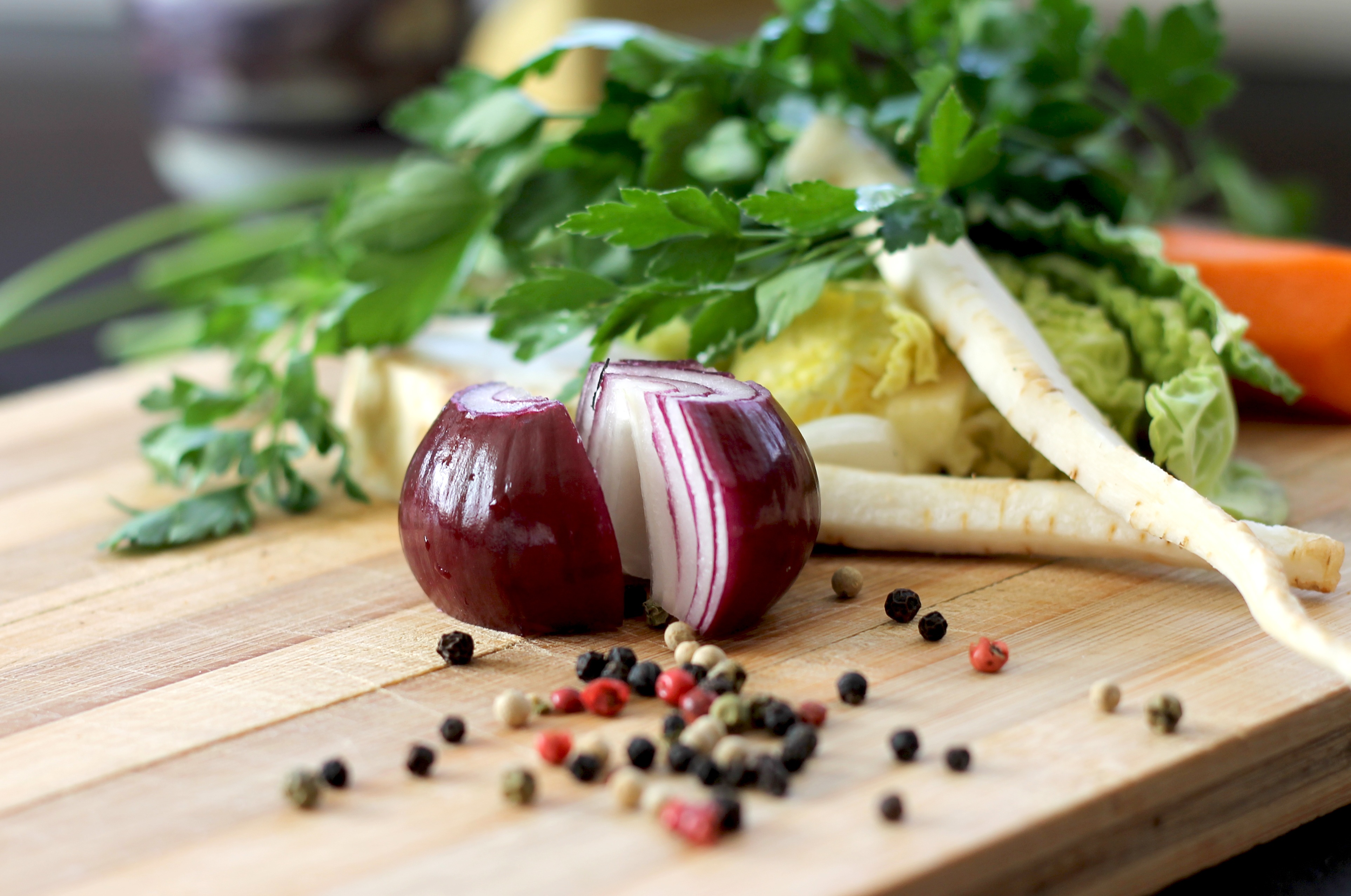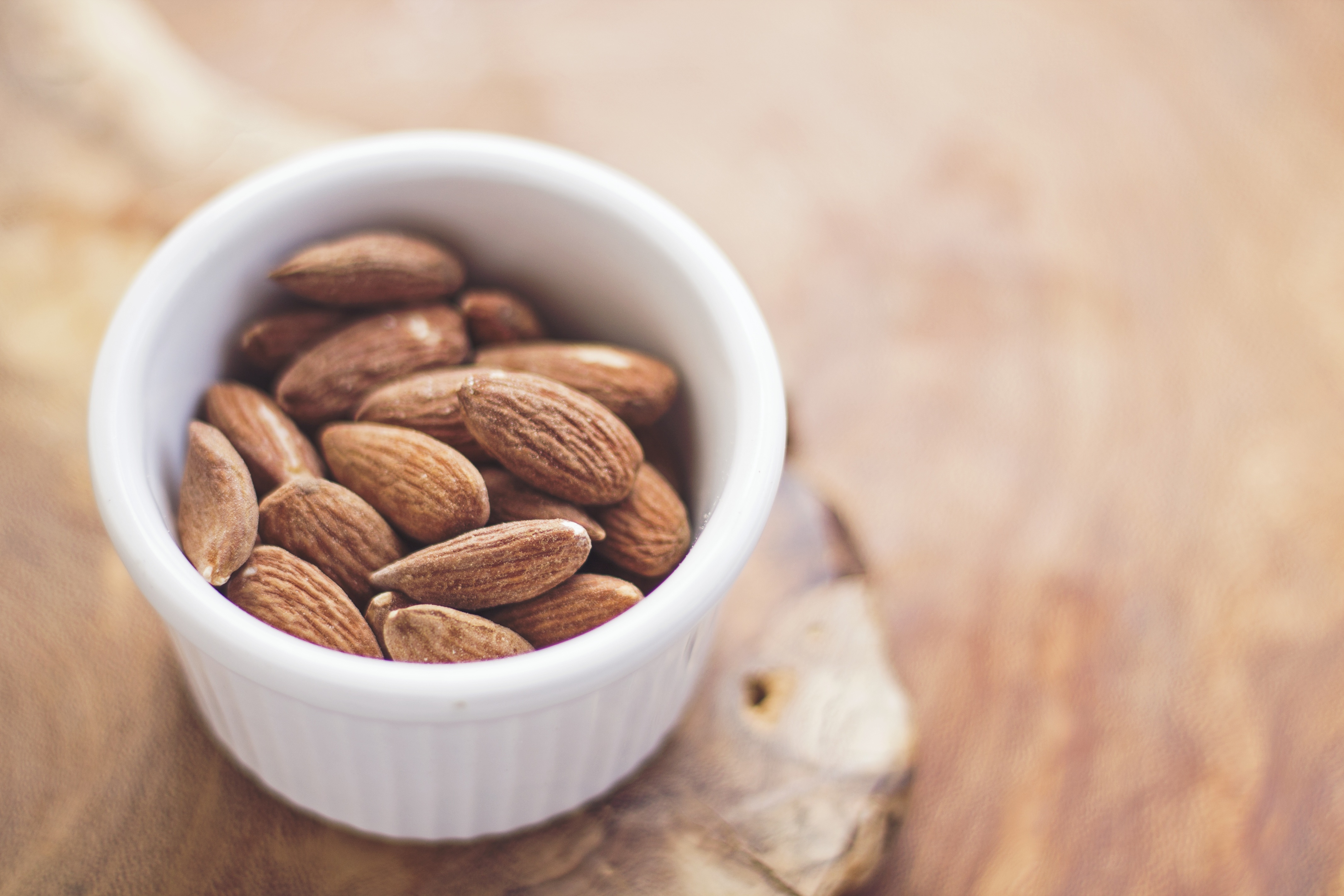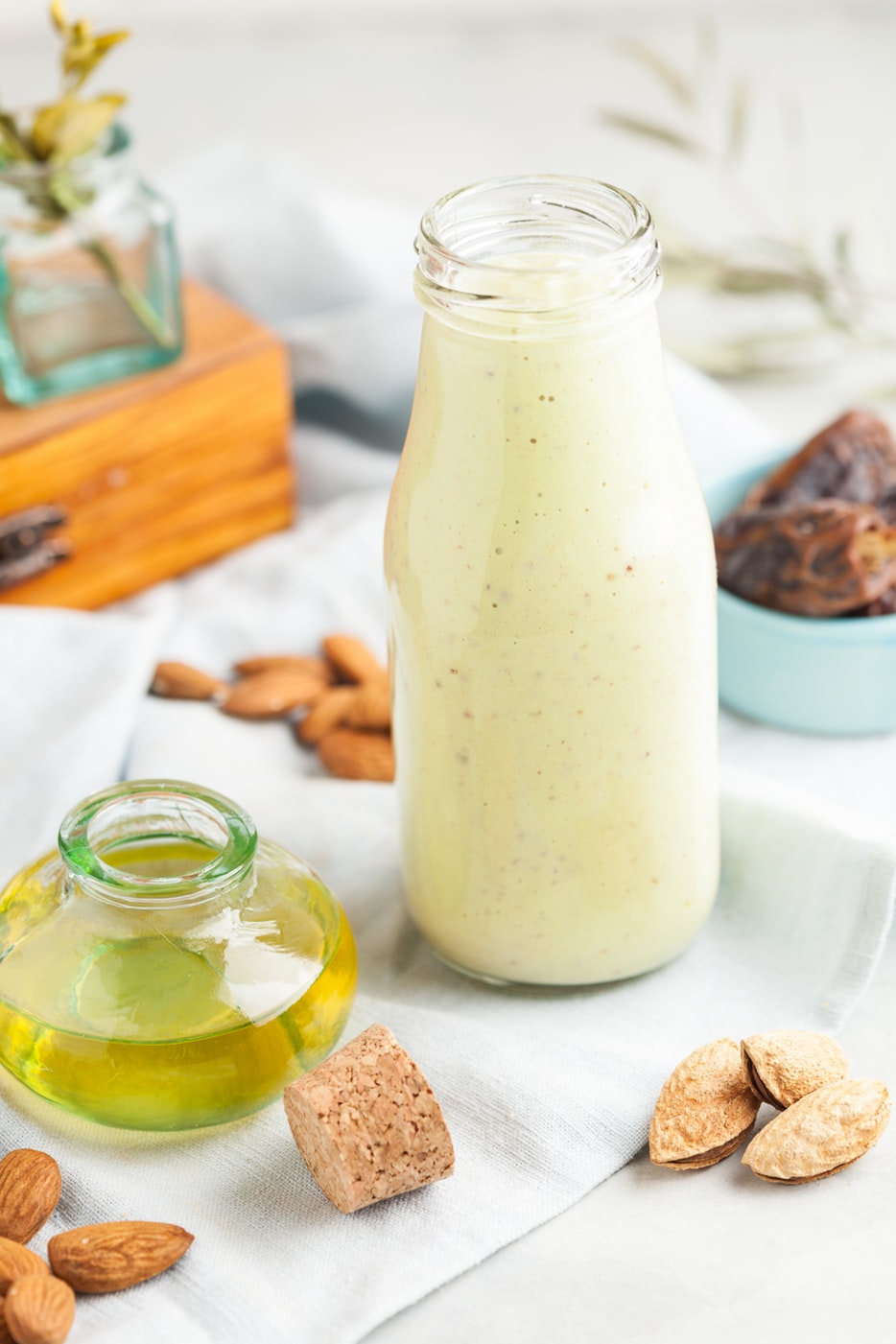Are There Good Foods and Bad Foods?
The Five Branches of Chinese Medicine

There are 5 branches of Chinese medicine, and each branch is seen as being equally important—while all can work together, simultaneously , all can also work in singularity. This singularity is a key concept. The 5 branches of Chinese medicine are: Acupuncture, body work (tui na) herbal medicine, internal practices (such as tai chi and qi gong), and nutrition (food and diet). While in the west there is an overall emphasis on using acupuncture and herbal medicine as being "real" Chinese medicine, this tendency should not discredit the importance—and the power—of the other branches.
The importance of nutrition and the importance using the food we eat as medicine is vastly underrated, even among those of us how like to heat healthy. Slowly, in the US, as a greater culture, there is a greater understanding and awareness of how some foods negatively affect our health (“bad” foods) and how other foods positively affect our health (“good” foods). As a therapy within Chinese medicine, this simplified good food/bad food view of diet is such an oversimplification of the power that nutritional therapy can have that it—almost—serves it a disservice.
In Chinese medicine, foods are used to treat specific disorders and illnesses, to prevent others, and to promote greater wellness. Food exists here within a fluid continuum, within a symphony. This approach is not just eating foods that we think are inherently healthy and avoiding others that we think are inherently unhealthy, this approach is best summed up by the title of the book Prescription for Nutritional Healing (Pitchford, 1991)—it is food as medicine.
Food as Medicine
When using food as medicine, the simplification of good foods and bad foods are removed, as a food that is good for one person may be bad for another. A person’s specific condition/constitution needs to be known, and then diet can be built around it. For example, many people in the west suffer from conditions related to the Chinese diagnosis of Heat. We can translate Heat to the western concept of inflammation. Spicy foods exacerbate Heat, so while spicy foods can have benefits for some people (and there is even western research supporting therapeutic effects of compounds isolated from several commonly consumed spicy foods), if a person is suffering from Heat, they will actually want to avoid spicy foods. For some, spicy foods can be therapeutic, for others they can feed a pathology.
I have seen first hand in my life the way that spicy foods can exacerbate Heat. When I had a lot of Heat, I was always prone to skin eruptions (pimples). As the Heat cleared my skin improved. Part of this was avoiding spicy foods (which I had consumed with great voracity), but you can only be so good some of the time. When I indulged in spicy foods, within 24 hours my face would erupt in breakouts—like clockwork. Now, I try and approach spice level therapeutically, using spice as a function/as a tool.
Treating Specific Conditions with Food (But I want to Work Out and Drink Coffee)

Lately, I have been crafting whole juices (what some might call a smoothie or an elixir) within the application of the therapeutic potential of foods, largely with the guidance of the book Helping Ourselves (Leggett, 1995). Paul Pitchford’s Prescription for Nutritional Healing is a fantastic book, but for the day-to-day, I find myself using Daverick Leggett’s Helping Ourselves much, much more often, and this is the book I am currently recommending to others.
In creating this recipe, I was looking for something that would be:
- Delicious;
- Quick and easy;
- Supporting my goals of addressing Dampness, building Yin, and tonifying Blood, Qi, and Jing (Essence).
This is a particularly good juice to use to promote hydration and recovery from high-intensity athletics, to promote hydration and the body's ability to "hold on" to that hydration, and is also particularly good for attenuating Heat and Dampness (the major negative effects of coffee).
The recipe makes about 32-36 ounces of juice. That’s a lot of juice. It can be halved, but I would advise against storage because you’ll risk oxidation and simplification of the complex sugars within it. This is a whole juice and we do not worry—so much—about the sugar contained within it, because the sugar is still united to fiber, reducing the glycemic index.

The Ingredients
- 1 cup (approximately) common field radishes or daikon radish;
- 1 large thumb sized piece of fresh ginger (remove skin);
- 1 lemon, cut in half, slice off the outer layer of skin to reduce bitterness, but even better if you leave the outer layer on, but skin off if not organic;
- 1 small apple (skin on if organic, skin off if not);
- 1 small pear (skin on if organic, skin off if not);
- ½ cup raw almonds;
- 4 dates;
- 4 inch piece of fresh turmeric (or dried to taste) (remove skin);
- Stevia if desired;
- Water (to bring over the ingredients).
Combine in a high velocity blender (we use a BlendTec) and blend on the soup setting—we want this juice warm-to-hot. Using a warm liquid in-place of the water will assist with this, particularly if you don't have such a blender.
Now that we know the recipe, let’s look at the therapeutic value of this by listing the different functions of the drink and the ingredients which address those functions.
First and foremost, we want to address Dampness (including Phlegm), to remove Heat, and then to promote the smooth circulation of Qi and Blood:
- To promote Qi and Blood circulation: Ginger, radish, and turmeric;
- To remove heat: Apple, lemon, pear, and radish;
- To resolve dampness: Daikon, lemon, and radish;
- To resolve phlegm: Almond, apple peel. Daikon, ginger (fresh), lemon peel, pear, and radish.
Then, we want to tonify (add to the body) Yin, Qi, Blood, and Jing:
- Blood Tonics (adding Blood to the body): Dates;
- Jing Tonics (adding Jing to the body): Almonds;
- Qi Tonics (adding Qi to the body): Almonds and dates;
- Yin Tonics (adding Yin to the body): Apple, lemon, and pear.
Lastly, we want to increase the digestibility of the juice and decrease the amount of energy (Qi) needed to assimilate it, plus help balance the coldness of the ingredients:
- Regulate Cold (raw, fresh fruits are cold): Fresh ginger.
Here are select additions you could make to augment the above recipe to meet your own specific goals (there are of course other foods you can add, these have been selected by me for a combination of their common availability, their taste, and their function).
- Celery: Regulates Dampness, Heat, and Damp Heat (particularly important for many people), calms the spirit (Shen);
- Plums: Promotes Qi circulation;
- Honey (in replace of stevia and ½ the dates: Yin tonic;
- Royal Jelly: Yin tonic, Qi tonic, Jing tonic;
- Nettle Tea (to replace water): Yin tonic, Blood tonic;
- Green Tea (to replace water: Resolves Phlegm, drains water, removes toxins, raises the spirit (Shen) and lifts depression,
- Licorice Tea (to replace water): Yin tonic
- Fig: Qi tonic, Blood tonic,
- Walnuts (combine 50/50 with almonds: Jing tonic;
- Lettuce: Resolve Heat, calm the Shen;
- Oats (add in 1/8 cup oats): Qi tonic.
Site Disclaimers
General Guidence
The content on this site is provided for educational and informational purposes only and should not be construed as medical advice. Always consult a qualified healthcare provider before making changes to your diet, lifestyle, or health regimen, particularly if you are pregnant or nursing, under the age of 18, managing allergies or known sensitivities, or living with any medical conditions.
At RAW Forest Foods, your safety is our priority. Please note that our products are dietary supplements, not medications. The following disclaimer applies:
* These statements have not been evaluated by the Food and Drug Administration. These products are not intended to diagnose, treat, cure, or prevent any disease.
Ingredient Transparency and Allergen Awareness
We are committed to providing transparent ingredient information to help you make informed decisions. If you have or suspect you have allergies to any of our ingredients, we strongly advise against using our products, as allergic reactions can be severe.
Interaction with Medications
If you are taking any medications, consult with your healthcare provider before using supplements. Certain supplements may interact with medications, potentially altering their effectiveness or causing unwanted effects.
For more details, please review our full Terms and Conditions.






